1. McDonald’s Teenie Beanie Babies Craze
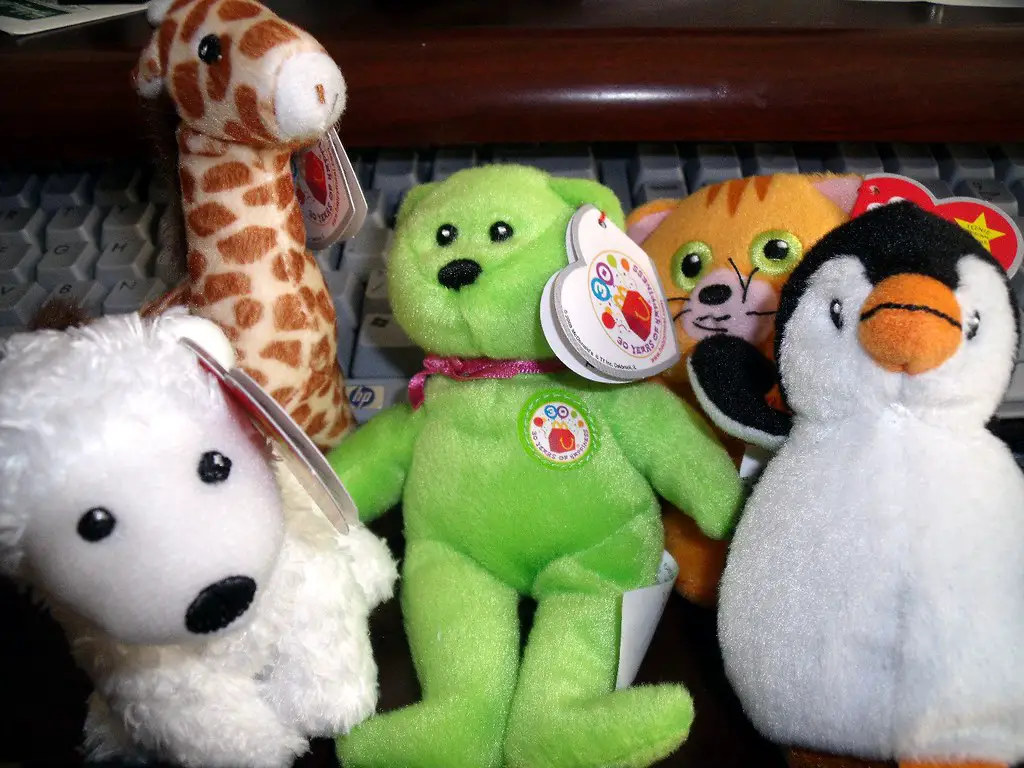
In 1997, McDonald’s teamed up with Ty Inc. to launch the Teenie Beanie Babies, and it turned into absolute chaos. What started as a Happy Meal promotion quickly became a full-on frenzy, with people lining up before breakfast just to get their hands on a tiny stuffed animal shares Chowhound.
Parents weren’t even pretending the meals were for their kids anymore. Some folks bought dozens of Happy Meals at once and dumped the food, just to hoard the toys. Restaurants ran out of Beanies, fights reportedly broke out, and resellers had a field day. It was all so over-the-top that McDonald’s had to enforce limits. Looking back, it was a clever gimmick that totally worked, even if it left a lot of us scratching our heads at how intense things got. All that madness over a 4-inch plush? Only in the ’90s adds Yahoo.
2. The Burger King Dinner Baskets
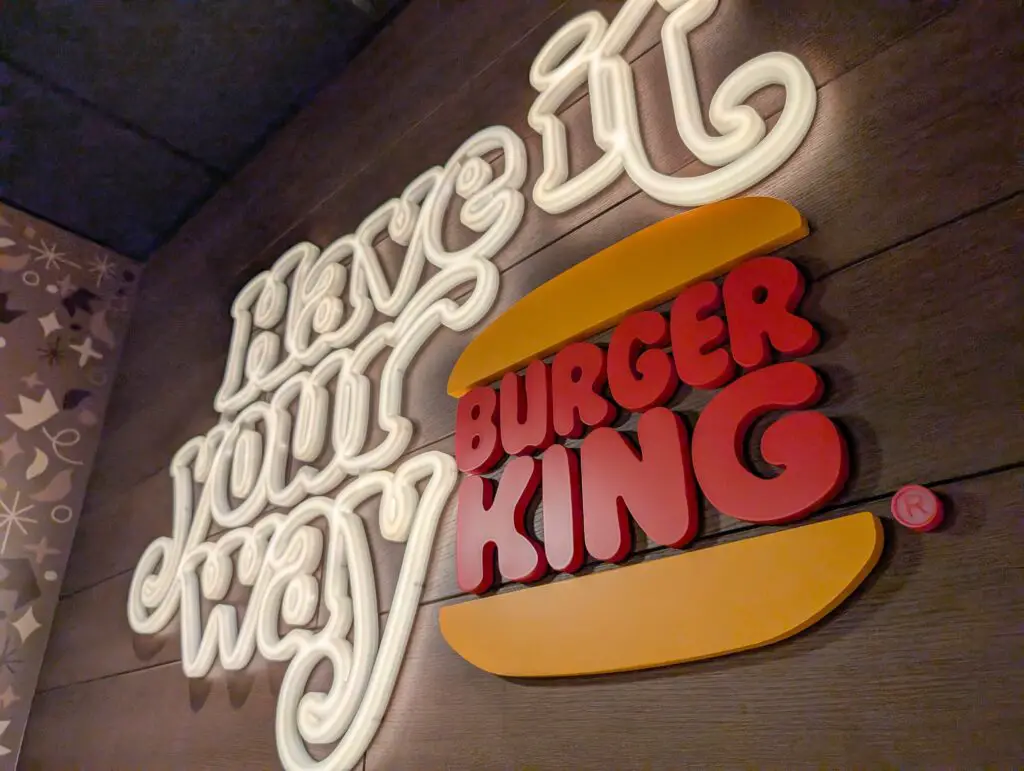
In the early ’90s, Burger King decided to go classy by offering “Dinner Baskets” with baked potatoes, dinner rolls, and popcorn as a pre-meal snack. The idea was to make fast food feel like a dine-in restaurant, but it mostly left people confused says Cracked.com.
You’d walk into Burger King expecting a quick burger and fries, and suddenly you were being offered coleslaw and popcorn. The rollout included full table service in some locations, which slowed things down and made the whole experience awkward. It just didn’t fit the grab-and-go vibe that people wanted. Unsurprisingly, the baskets didn’t last long adds LOVEFood. Most customers came for flame-grilled burgers, not a side of weird formality. Nice try, though.
3. Pizza Hut’s Bigfoot Pizza
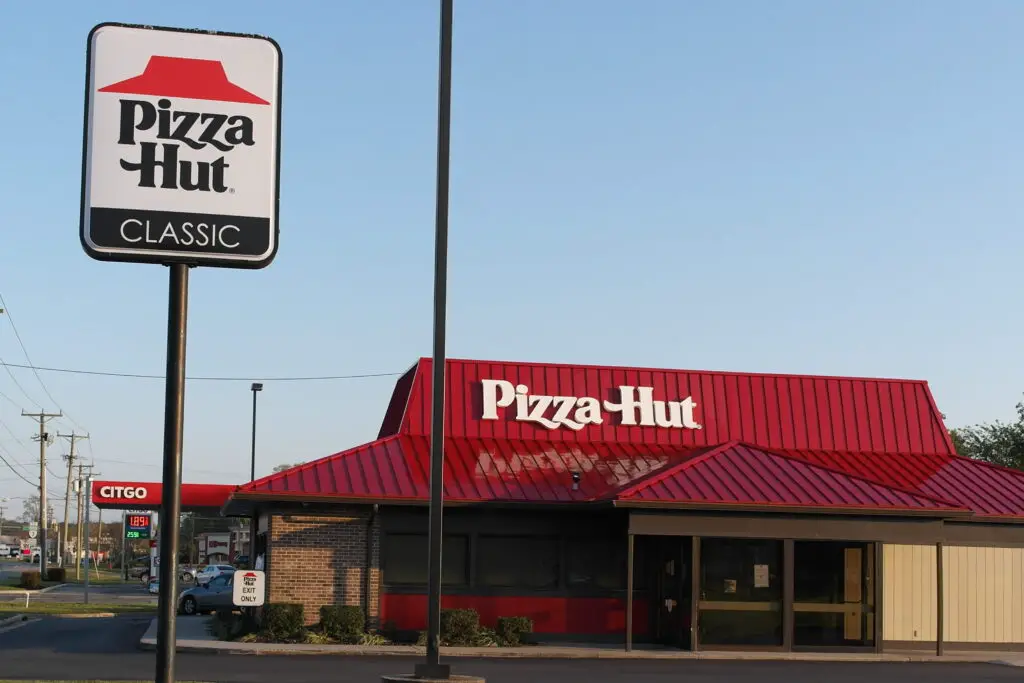
Pizza Hut went big in 1993 with its “Bigfoot Pizza,” a 2-foot-long rectangle that was marketed as the biggest pizza in the game. It was a bold, over-the-top move, but it left people scratching their heads when they realized it was mostly just extra crust.
The massive pizza looked impressive, but the quality didn’t match the size. It was often doughy, uneven, and hard to carry home unless you cleared off the entire backseat. Kids loved the name, but adults weren’t convinced it was worth the money. It quietly disappeared a few years later. Still, it remains one of Pizza Hut’s more outrageous gimmicks. And yes, people still talk about it.
4. Taco Bell’s Border Bell Concept
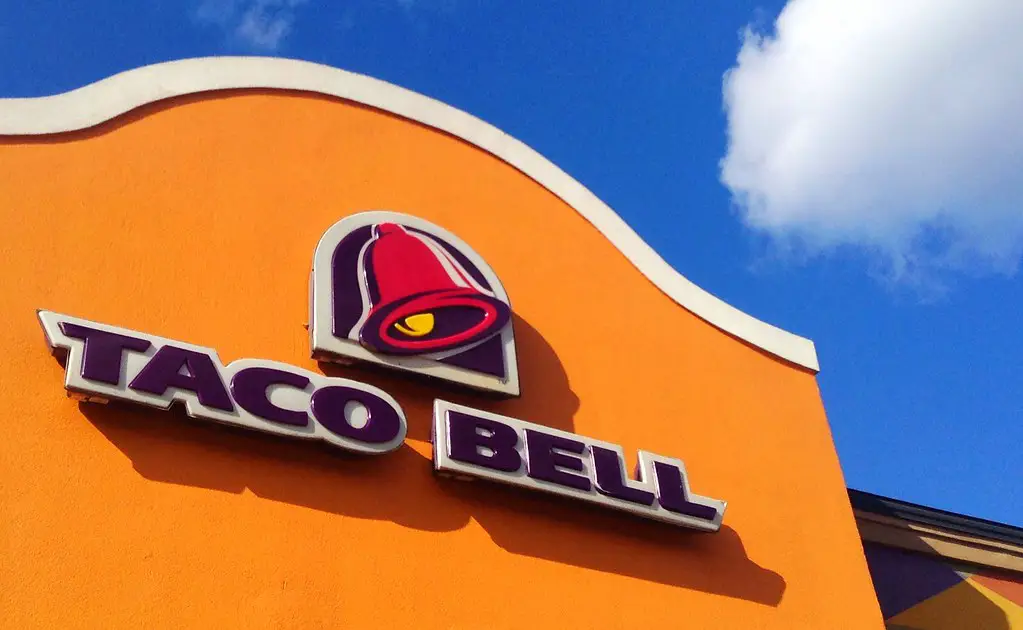
In the mid-’90s, Taco Bell tried to rebrand itself with “Border Bell,” a fast-casual experiment with upscale dishes like rotisserie chicken and sautéed veggies. It looked more like a sit-down restaurant than your usual drive-thru joint.
Customers didn’t know what to make of it. The prices were higher, the food wasn’t fast, and it didn’t feel like Taco Bell anymore. The whole thing just confused the loyal base who craved cheesy Gorditas, not gourmet wraps. The experiment quietly vanished after a short run. Taco Bell went back to doing what it does best—melting cheese on everything. Probably for the best.
5. McDonald’s McDLT and the Hot-Cold Container
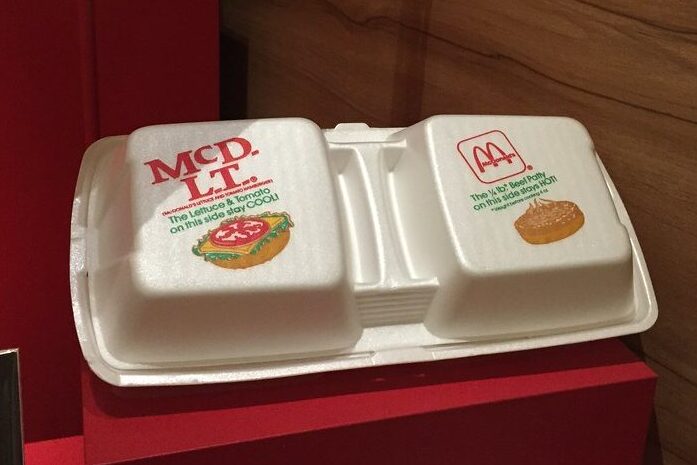
McDonald’s had a weird moment in the early ’90s with the McDLT, a burger served in a divided container that kept the hot side hot and the cold side cold. Yes, that was actually the selling point.
You had to assemble it yourself, which kind of defeated the convenience of fast food. Plus, the oversized styrofoam container raised environmental concerns and felt ridiculously bulky. The idea was clever on paper but felt gimmicky in practice. People didn’t want homework with their hamburger. The McDLT eventually got tossed in the discontinued pile. And now it lives on as a punchline.
6. Wendy’s Superbar

Wendy’s shocked customers in the ’90s by introducing a salad and pasta bar—complete with taco fixings and garlic bread—inside some of its locations. They called it the Superbar, and it felt like a restaurant inside a fast food joint.
At first, people were into it, but the upkeep was a nightmare. It got messy fast, and quality control was nearly impossible. Kids made a mess with pudding cups, and half the lettuce would end up on the floor. It was ambitious but didn’t really fit the Wendy’s vibe. Eventually, they phased it out, but for a while, it was the strangest way to eat spaghetti and tacos in the same meal.
7. Taco Bell’s Chihuahua Mascot
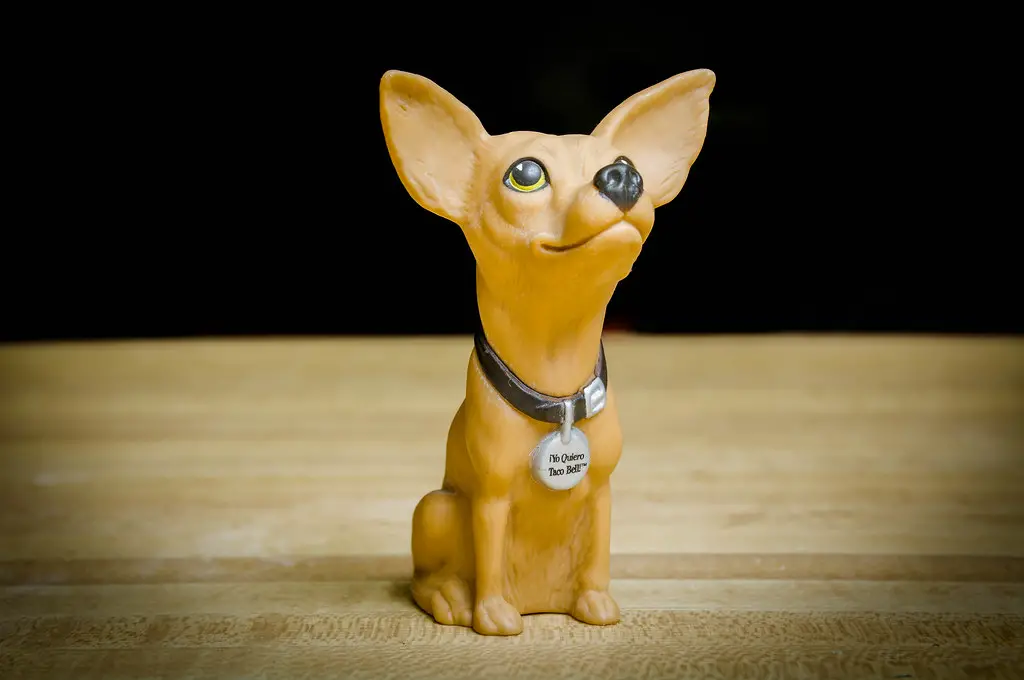
In the late ’90s, Taco Bell gave us the “Yo quiero Taco Bell” Chihuahua, and suddenly that tiny dog was everywhere. The talking pup became a pop culture icon, but not everyone loved the campaign.
Some found the ads funny, while others thought they leaned into harmful stereotypes. There was even a lawsuit over the idea, and sales didn’t really get the boost Taco Bell hoped for. Despite the catchy slogan, the whole thing fizzled out by the early 2000s. Looking back, it was a strange moment where a dog nearly became more famous than the menu. And if you still quote it today, you’re not alone.
8. McDonald’s Pizza
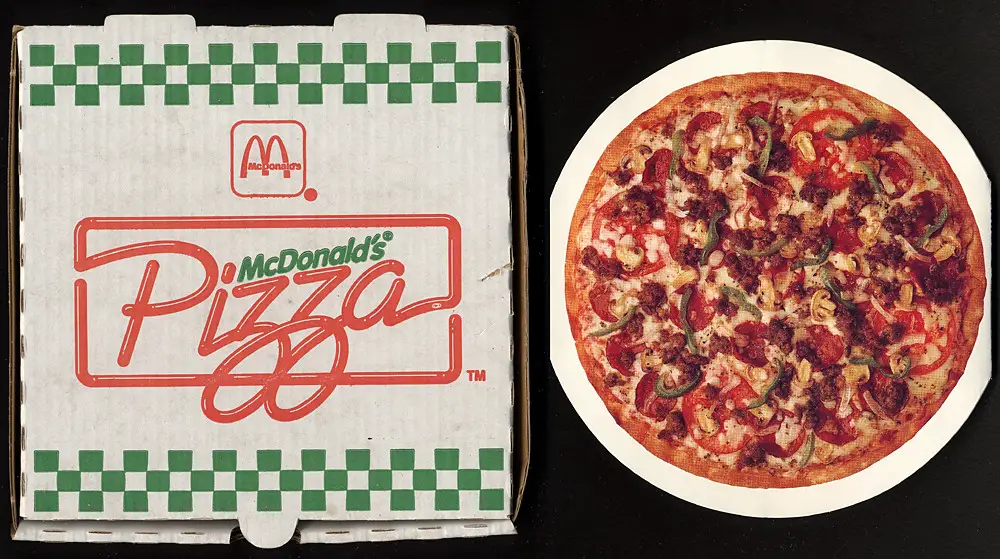
Yes, McDonald’s really tried to sell pizza in the ’90s, and it’s still one of the chain’s most baffling experiments. It took forever to cook, wasn’t particularly great, and required a whole new kitchen setup that slowed everything down.
The idea was to compete with Pizza Hut and Domino’s, but fast food and slow-cooked pizza didn’t mix. Customers were confused by the wait time and underwhelmed by the taste. McPizza disappeared not long after, but some people still remember it with a weird kind of nostalgia. It was one of those “why did they even try this?” moments. Honestly, we may never know.
9. Crystal Pepsi at Burger Chains
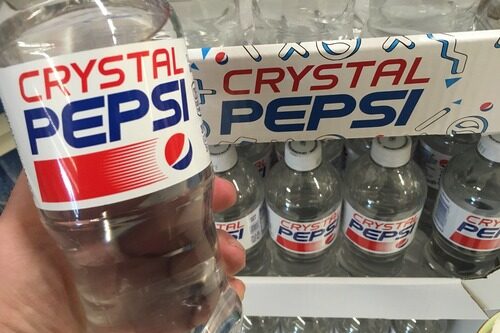
Crystal Pepsi was launched in the early ’90s as a clear, caffeine-free version of regular Pepsi and popped up at fast food spots across the country. It looked like Sprite but tasted like… Pepsi, kind of.
The whole thing messed with your senses. People were thrown off by the look, and it didn’t help that the marketing leaned way too hard into “cool” and futuristic vibes. Burger chains offered it as a novelty, but customers mostly wanted their regular brown soda back. It disappeared almost as quickly as it arrived. It got a brief revival years later, but the confusion never really faded.
10. Jack in the Box’s Panic Button Phones
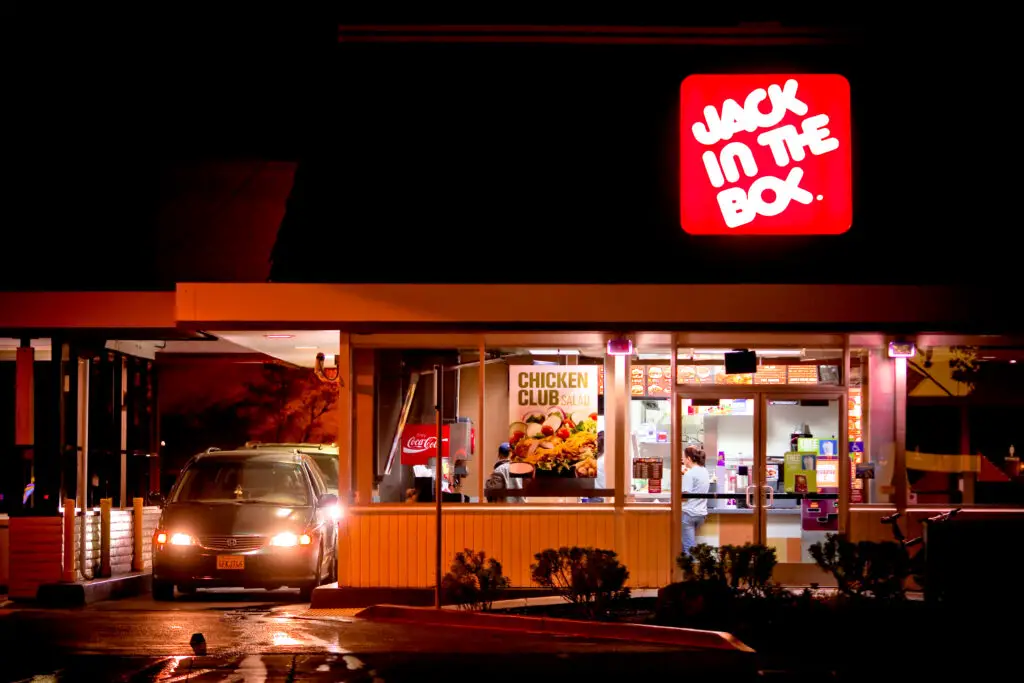
In a bizarre twist, Jack in the Box installed red phones in some locations during the ’90s. If your meal wasn’t perfect, you could pick up the phone and get direct customer service on the spot.
The idea was to prove how serious they were about quality, but it felt more like a prank. Most people were too nervous or embarrassed to use the phone at all. It ended up being more of a decorative gimmick than a practical solution. The phones were eventually removed without much fanfare. It was a dramatic gesture that didn’t really change anything, except maybe customer confusion.
11. Hardee’s Fried Chicken Experiment
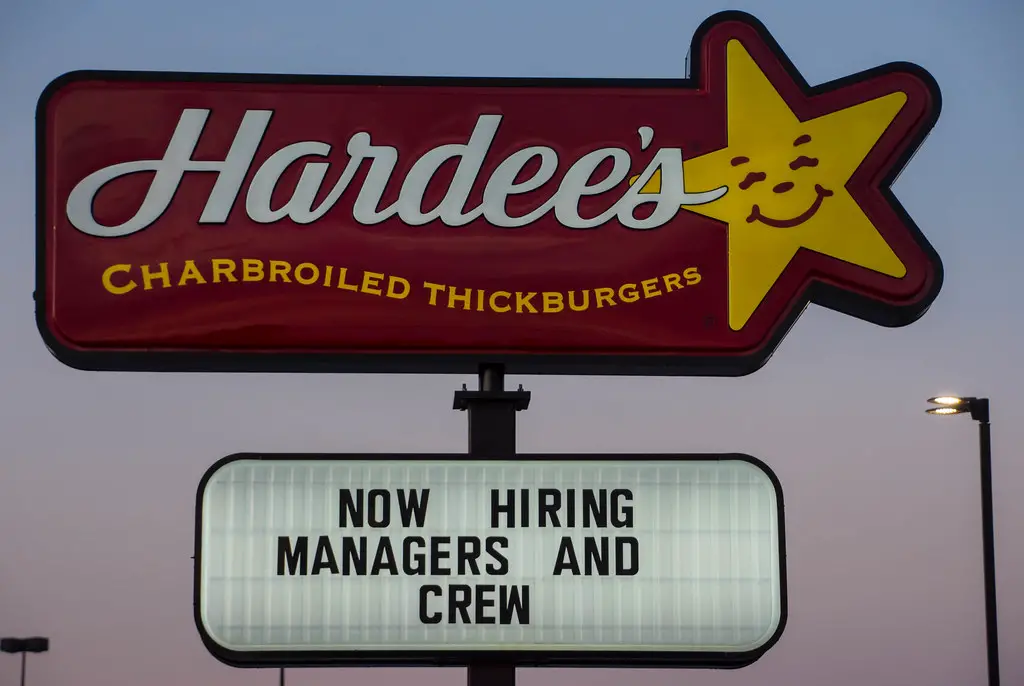
For a hot minute in the ’90s, Hardee’s decided to go all-in on fried chicken, launching a huge campaign to rival KFC and Popeyes. They revamped their menu and even redesigned their restaurants for this poultry push.
But customers didn’t really associate Hardee’s with chicken. The new offerings slowed down service, confused regulars, and tasted just okay. Instead of drawing in new business, it seemed to alienate burger fans. After a few years, Hardee’s quietly shifted back to burgers and biscuits. The chicken era is mostly forgotten now, and probably for good reason.
12. Sonic’s Flavor Blast Sodas
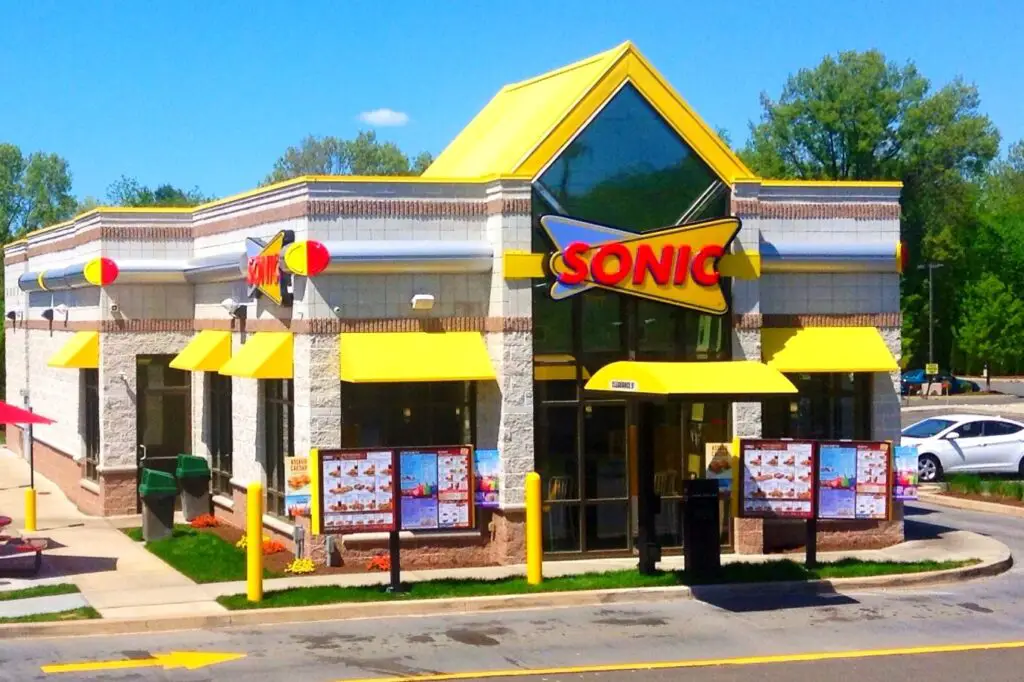
In the late ’90s, Sonic offered flavor add-ins like vanilla, cherry, and lime for their sodas, turning your regular Coke or Sprite into something wildly customized. It sounded cool in theory, but some combinations ended up tasting like cough syrup.
People got a little too creative, and the results weren’t always tasty. The machines sometimes mixed up orders or gave wildly different syrup levels each time. It became a guessing game, and customers either loved it or left confused. Sonic eventually refined the idea into their current slush and drink options. But the original version was definitely a “what were we thinking?” kind of moment.
13. Subway’s “7 Under 6” Menu
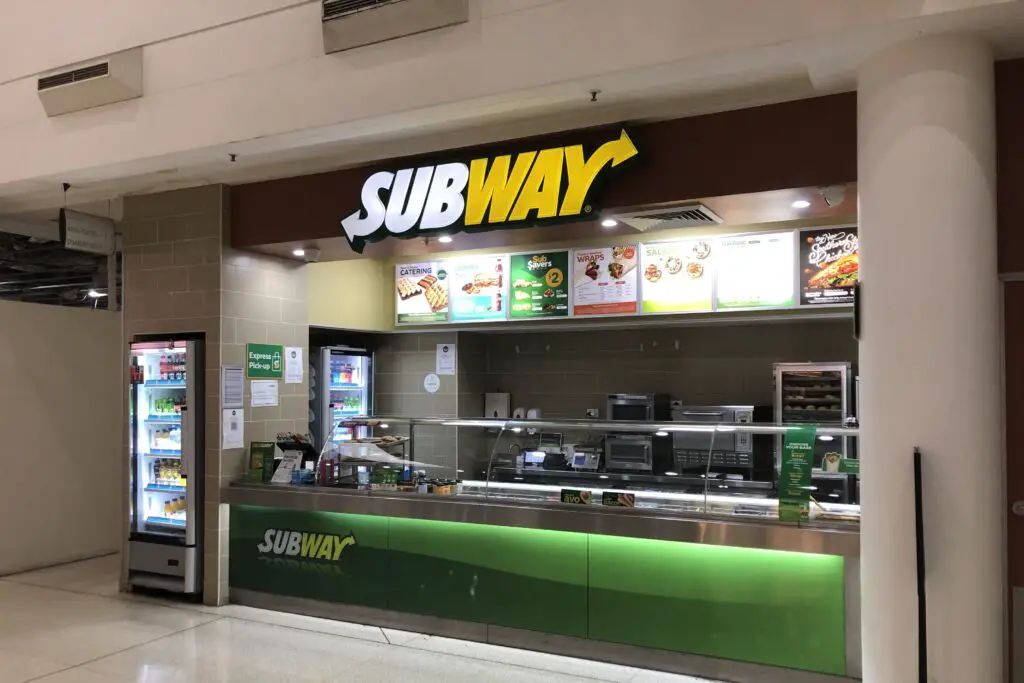
Subway launched a health push in the late ’90s called “7 Under 6,” highlighting seven sandwiches under six grams of fat. It was part of the larger Jared campaign era, but people didn’t quite know how to feel about fast food suddenly going diet-heavy.
Some appreciated the effort, but others were baffled when their sub still tasted like it was missing something. It also led to customers feeling judged for ordering meatball subs instead. The whole healthy branding felt at odds with the chain’s indulgent options. Eventually, Subway dropped the strict messaging, and now just lets people build their own meals in peace. But for a while, it was salad talk all day long.
